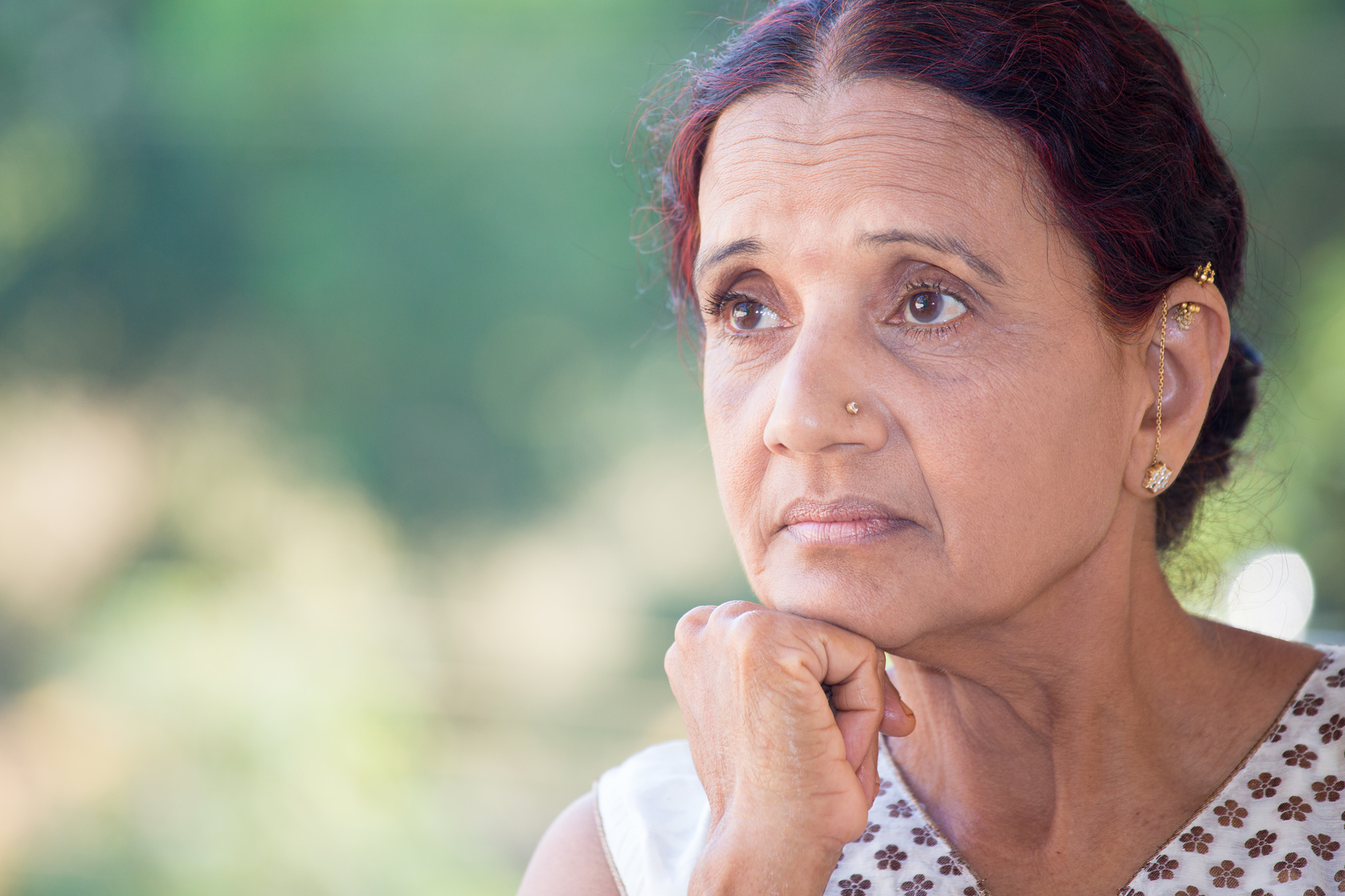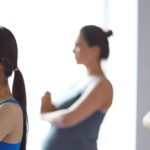Some, but not all, research studies have shown that exercise training can reduce the frequency of hot flushes and can improve other non-vasomotor symptoms including depression, anxiety, and insomnia. Nevertheless, these studies have solely relied on subjective questionnaires as the primary outcome. But if exercise makes you feel hot and sweaty, how does it help to reduce hot flashes?
In non-menopausal women, it has been demonstrated that exercise training can improve the thermoregulatory control system by decreasing core body temperature and by changing both the temperature threshold and sensitivity for the onset of sweating and cutaneous vasodilation (mechanisms which dissipate heat). It looks as if exercise training may have similar benefits in peri- and postmenopausal women.
In a recent study, sedentary women worked up to a program of jogging or pedalling four or five times a week for 45 minutes (at a pace that caused sweating and increased heart rate). Compared to sedentary controls, they experienced a reduction in basal core temperature. Sweat rate and skin blood flow thresholds occurred at a lower temperature, alongside improved sweating sensitivity with exercise. Most importantly, they experienced a 60% reduction in the frequency of hot flashes.
The pathophysiology of hot flashes is not well understood, although it is hypothesized that thermoregulatory dysfunction is a key contributing factor. Perimenopausal women have been shown to have an elevated basal core body temperature and a narrowing of the thermoneutral zone (where shivering and sweating do not occur). The findings of this study suggest that exercise may reduce hot flashes by improving the control and stability of the thermoregulatory system, lowering core body temperature and improving mechanisms for heat dissipation.
Ruta Nonacs, MD PhD
Bailey TG, Cable NT, Aziz N, Dobson R, Sprung VS, Low DA, Jones H. Exercise training reduces the frequency of menopausal hot flushes by improving thermoregulatory control. Menopause. 2016 Jul;23(7):708-18. Free Article








I can argue that exercise has a direct effect on decreasing the frequency and intensity of hot flashes. It has a noticeable effect the day of. I can have btw 40-50 hot flashes a day on avg. the days I exercise, that number will go down to about 10.